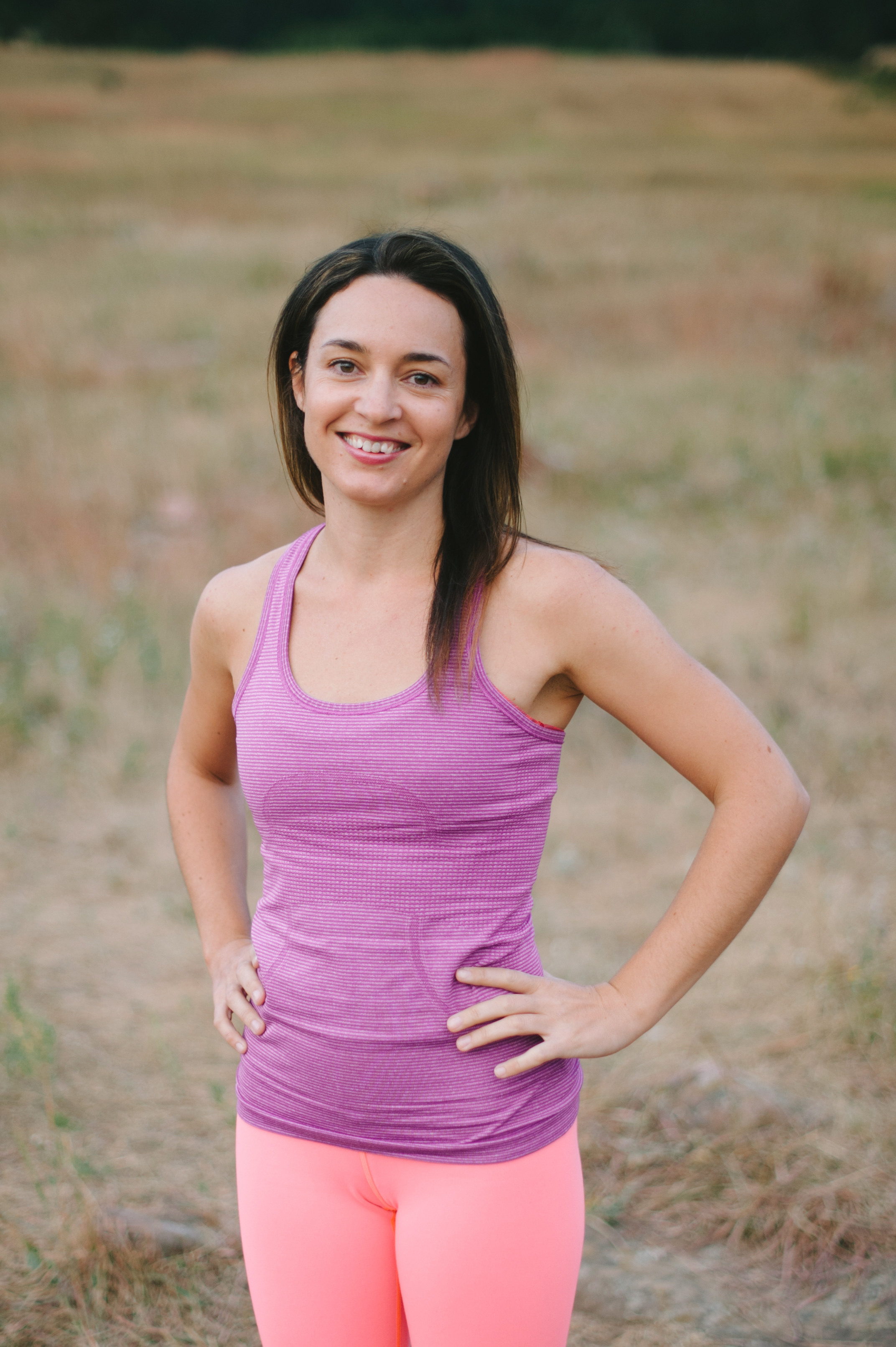We asked Therm-a-Rest which of their sleeping pads are best for car camping, backpacking, fastpacking and thru-hiking – here's what they said
Therm-a-Rest is the MVP of the technical camping mattress world, and the only question for campers is, which of these premium sleeping pads do you need?
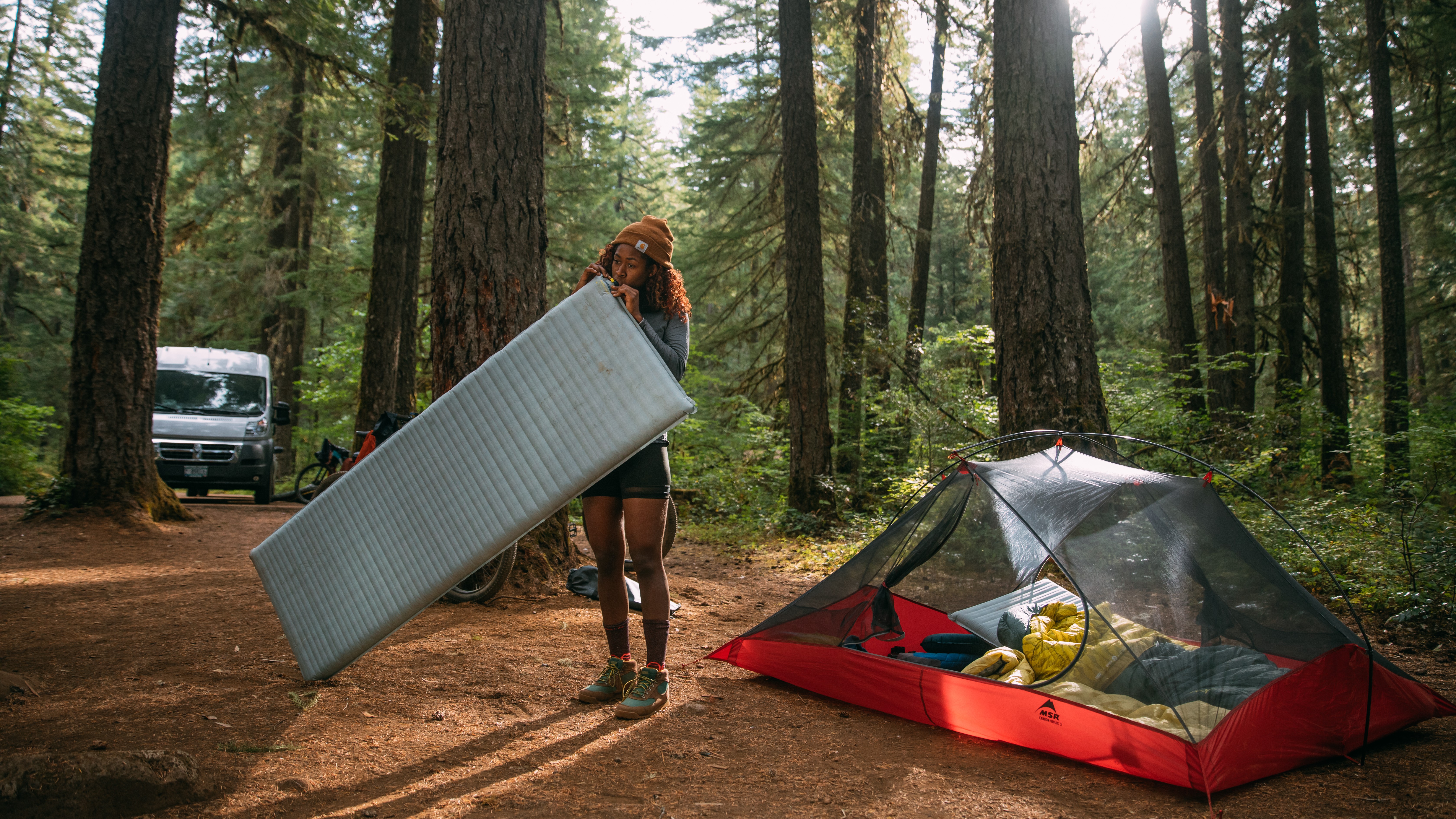
Therm-a-Rest are to sleeping pads as Leatherman are to multi-tools. They’re not the only brand that makes really good ones, but they played the biggest role in revolutionizing them.
If you were born in the last couple of decades, you may not know that camping used to be an exercise in extreme suffering. Everything was heavy and never dried once wet. No one could sit up inside a tent and we all slept on hard, closed cell foam mats that look like the ones you see at the gym today for doing your cool down stretches on.
In 1971, that last part started to change. Mountaineer John Burroughs was tired of not getting a good night’s sleep on his expeditions. He worked as an engineer at the Boeing aerospace corporation and along with two friends, Jim Lea and Neil Anderson, who had recently lost their jobs in a series of infamous Boeing layoffs, Burroughs came up with the idea of an open cell foam mat with a valve that could be inflated for sleeping and compressed for packing.
In 1972, after a year of testing, a patent application for the first Therm-a-Rest pad was filed, and Cascade Designs was formed to sell it.
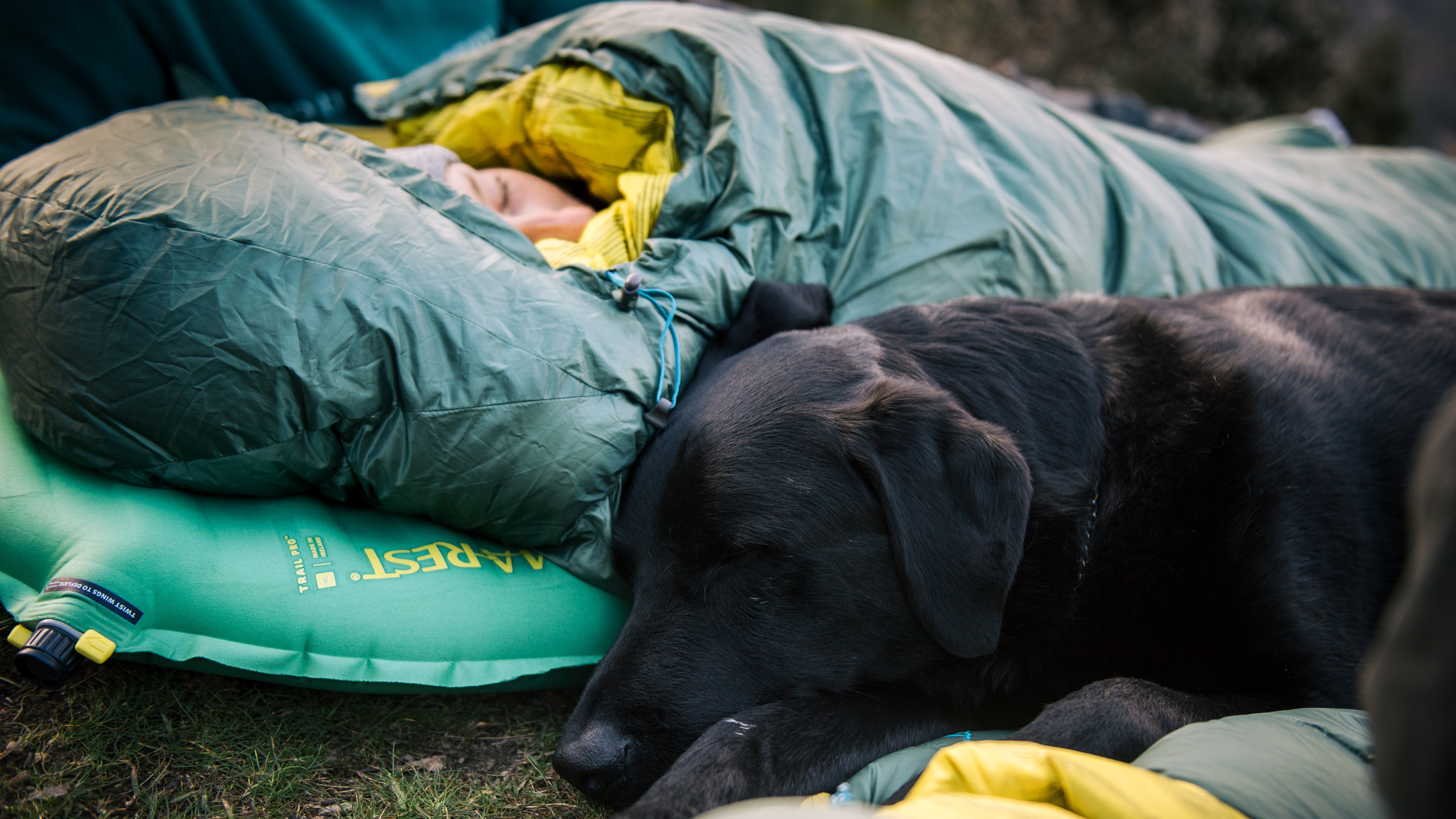
Fast forward five decades and the name Therm-a-Rest has become synonymous with camping pads. These sleeping pads pack down small enough to fit in practically any backpack, but inflate to keep you well off the ground, which delivers both cushion and warmth. If you are planning on sleeping outdoors any time soon, it’s not so much a question of whether you need a Therm-a-Rest (unless you hate being cozy and comfortable) as which one you need.
Today, Therm-a-Rest make dozens of models of sleeping pads in their Reno production facility as well as in Ireland that range in price from under $50 to nearly $300, and it’s important you choose the right one for the type of camping you like doing. We got in touch with the legacy brand and asked for their top recommendations for each of the camping adventures we love. Their answers are below, and you might want to read our article on sleeping pad jargon if you have any questions on the technical details.
Fastpacking: Therm-a-Rest NeoAir XLite NXT
If camping for you is a means to an end while you charge across a wild landscape in a pair of trail running shoes, you need everything on your back – including your sleeping pad – to be as light and compact as possible.
All the latest inspiration, tips and guides to help you plan your next Advnture!
True minimalism requires stripped-down gear, but to move fast, you also need to get enough sleep, and that’s where the Therm-a-Rest Neoair Xlite NXT comes into its own.
The first NeoAir pad was launched in 1985 and these pads reliably deliver warmth and stability. At a featherlight 13oz (369g), this model is Therm-a-Rest’s lightest open cell mattress. Ultralight construction with low-bulk materials means that when you’re on the go, it packs down to about the size of a conventional one-liter water bottle, so it’s super handy for loading up into a smaller running backpack.
That said, it still performs at a level that you’d be happy using it for more relaxed camping adventures. It inflates to three inches which is pretty impressive given the packed size, and with an R-value of 4.5, it’s actually warm enough for cold sleepers and winter camping. It’s also quiet even when you’re tossing and turning.
This mummy-shaped pad is one of the first to feature the brand’s WingLock valve, launched in 2020, which delivers fast one-way inflation, easy micro adjustments during the night and rapid deflation when you’re ready to break camp.

Backpacking Weekends: Therm-a-Rest ProLite Apex
If you’re carrying all of your camping gear in your backpack, but only spending a night or two on the trail at a time, you can probably afford a little extra weight or bulk in return for a little more comfort.
For the more casual backpacker, the ProLite Apex is ideal, and this is the pad I take on short adventures. Though at 1lb 6oz (623g) for the regular size, it’s heavier than the NeoAir XLite NXT, it’s not exactly heavy. It still packs down small enough to fit in your pack along with your sleeping bag, tent and Jetboil, and with two inches of thickness when inflated, you’ll still get a good night’s sleep.
This pad has an R-value of 3.8, so it’s on the warmer end of three-season pads and you’ll get a fair amount of use out of it throughout the year. It’s highly durable, so it should withstand multiple adventures and being packed away in storage, and it’s not as technical as the NeoAir XLite NXT, which makes it quite a bit cheaper.
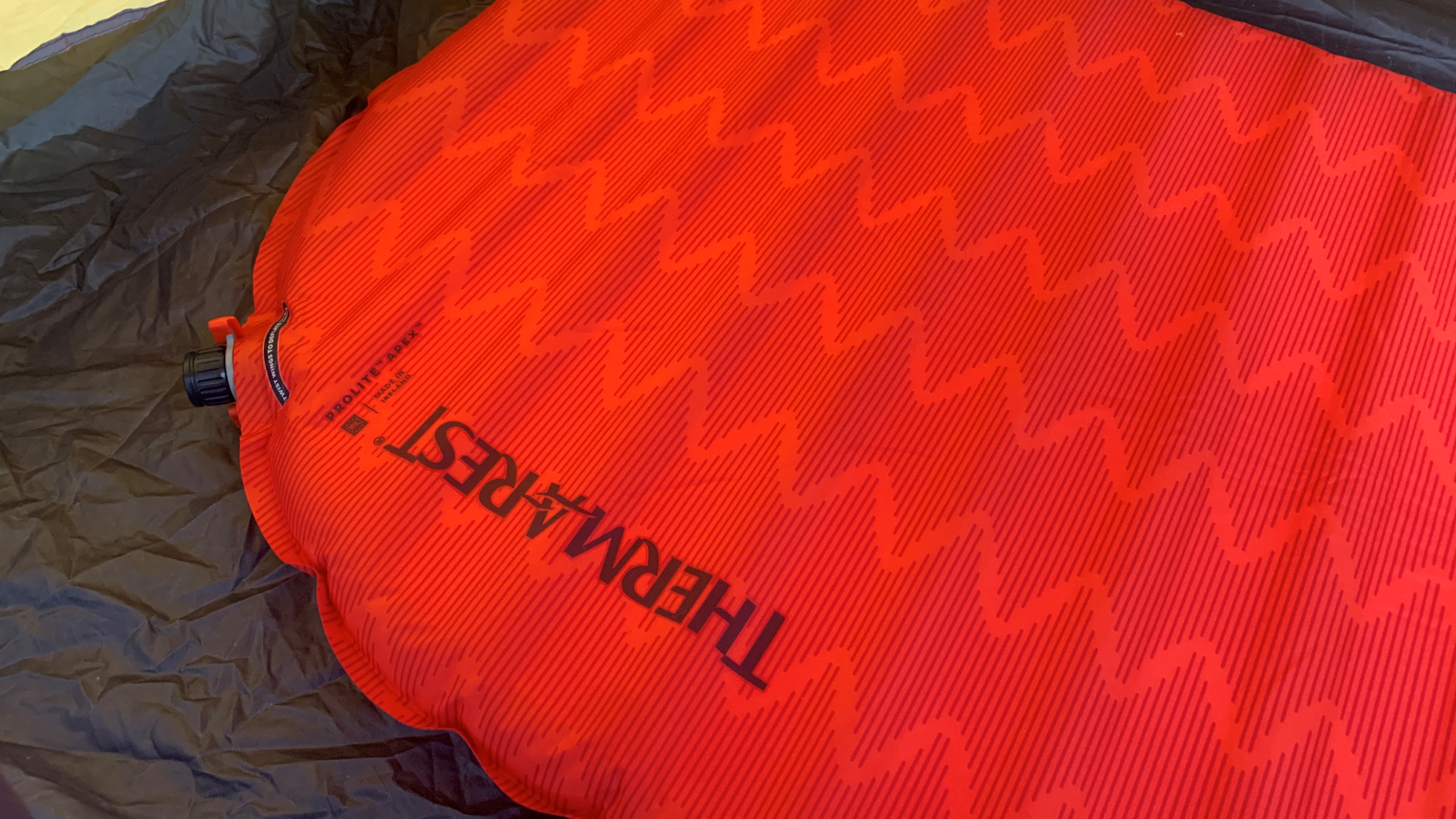
Thru-hiking: Therm-a-Rest NeoAir XLite NXT MAX
Whether you’re going to be out on the trail for a week or six months, sleeping on the same pad for multiple nights in a row requires just a little extra touch of comfort. But when you’re carrying also carrying a week’s worth of food and extra clothing, you don’t want any unnecessary weight, and real estate inside your pack is limited.
If you read about the XLite NXT and thought the technical specs sounded good but were worried about the size and shape, there’s good news: the MAX version of the Therm-a-Rest Xlite NXT is only three ounces heavier than the original, but gives you much more versatility and comfort when sleeping.
Instead of a tapered mummy shape and minimalist 20 inches of width for your upper body, the rectangular MAX is a generous 25 inches (63.5cm) across from top to bottom. This means that, shy of starfishing, you can sleep in just about any position without waking to find a limb freezing on the cold ground.
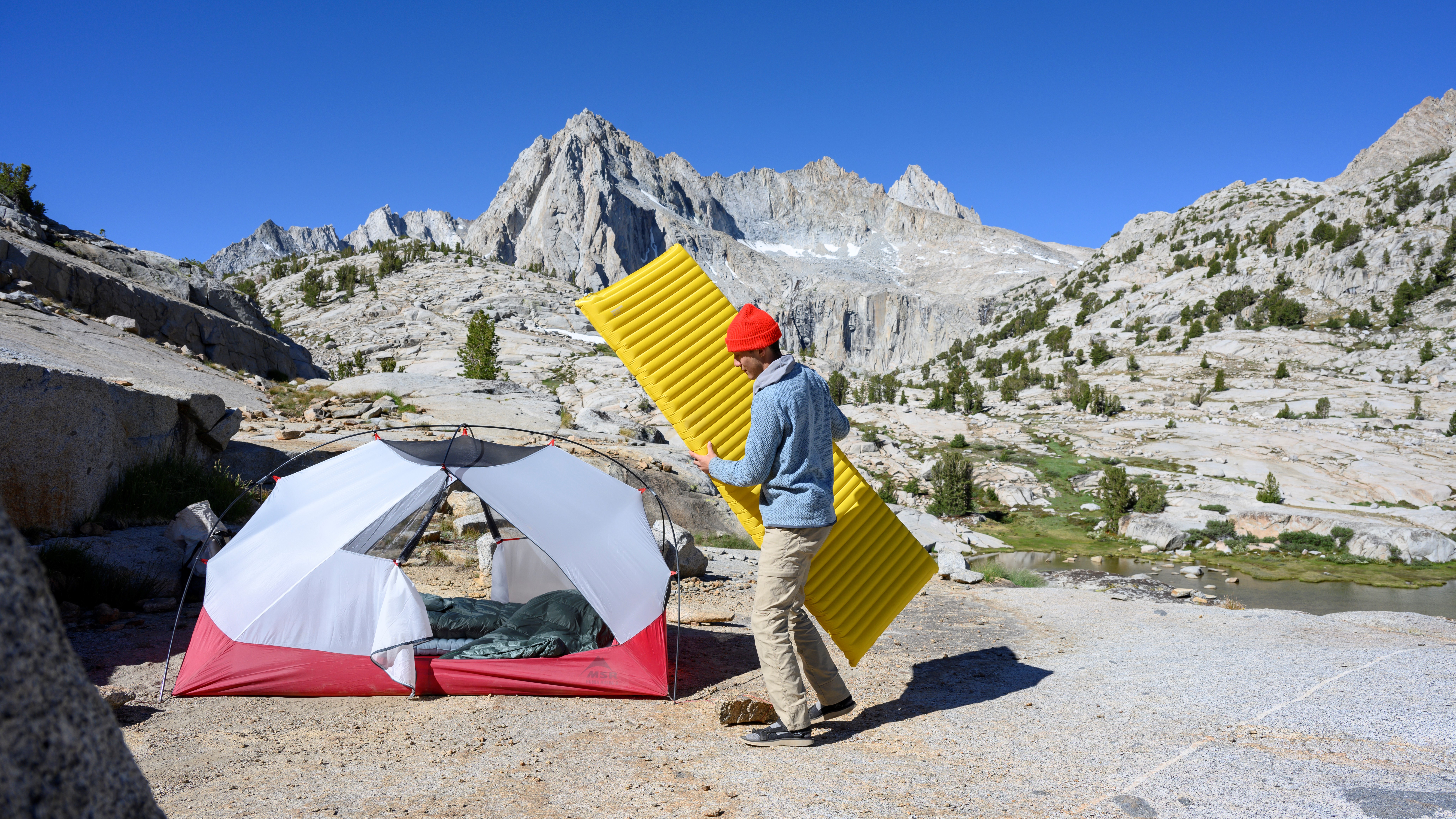
Car camping: Therm-a-Rest NeoLoft
Driving directly to your campsite? Who cares about packed size and weight? You can take your plushest sleeping pad and chuck it in the trunk of your car along with your fluffiest sleeping bag, Yeti cooler and BBQ grill if you want to.
Though Therm-a-Rest have always excelled at building mattresses that deliver excellent weight-to-warmth ratio, one of its newest sleeping pads, the NeoLoft, fits the bill when it comes to car camping.
New for 2025, the sturdy NeoLoft has a giant 4.6in stack to keep you well off the ground. Its rectangular shape means it’s a dream for side sleepers and the surface is made of a plush stretch knit fabric that’s far softer to the touch than most pads you’re probably used to.
For all that, you’re probably assuming it’s huge and heavy, but amazingly, this cushy mattress is quite technical. At 1 lb 9 oz (708g), it’s barely heavier than the Prolite Apex for starters, and it packs down to a respectable 5.7 x 9.5 inches – so you could actually fit it in a backpack if you needed to. It’s got the WingLock valve for quick inflation and deflation, and with a 4.7 R-value, you could use this in all seasons.
Of course, there is a catch, and that’s that it’s one of the brand’s pricier options, owing to its supreme comfort and versatility.
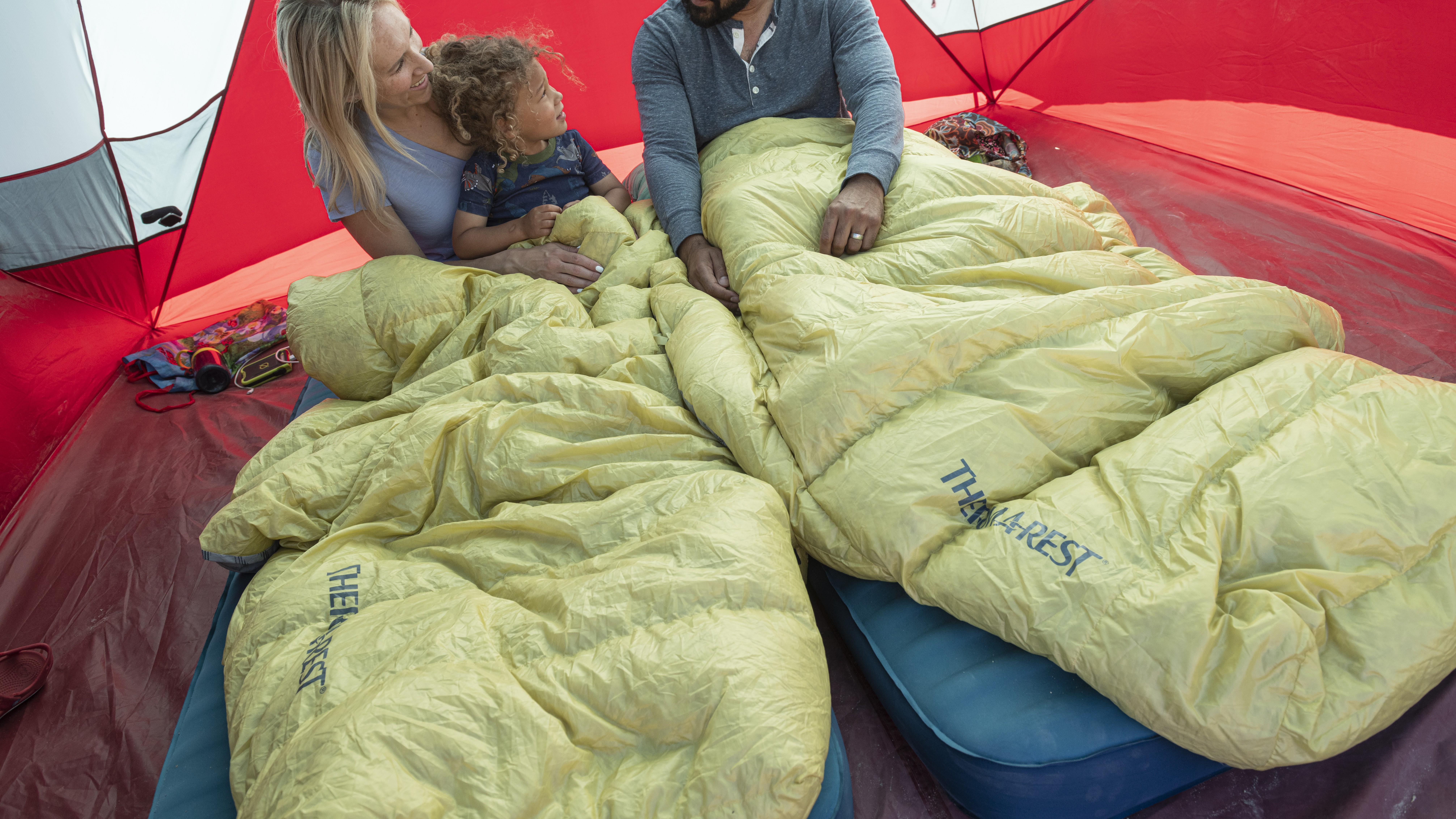
Alpine expeditions: Therm-a-Rest Z Lite SOL
If you’re heading into high altitude zones, you need to think about warmth and you need something rugged. In extreme conditions, a single open cell foam pad may not be enough, no matter how technical. Enter the Z-lite Sol.
If this pad looks a little different from other ones from Therm-a-Rest’s lineup, that’s because it’s a closed-cell pad, but the brand recommends you use this as a base layer for your alpine sleep system. The shiny design is due to the brand’s reflective ThermaCapture coating, which operates like a space blanket to capture radiant heat and increase overall warmth by nearly 15 percent. Place this pad under your inflatable pad, and you’ll have extra protection from the cold and a little extra padding, too.
This 14oz (396g) pad folds up and you can strap it to the outside of your pack so it won’t take up any extra room whatsoever. Because it’s closed cell, it’s virtually indestructible and totally puncture-proof, and it’s easy on the wallet too.
Of course, if you’re tough and just looking for something light for summer backpacking, you could use this 2.0 R-value pad on its own, but we’re not sure John Burroughs would approve of that choice.
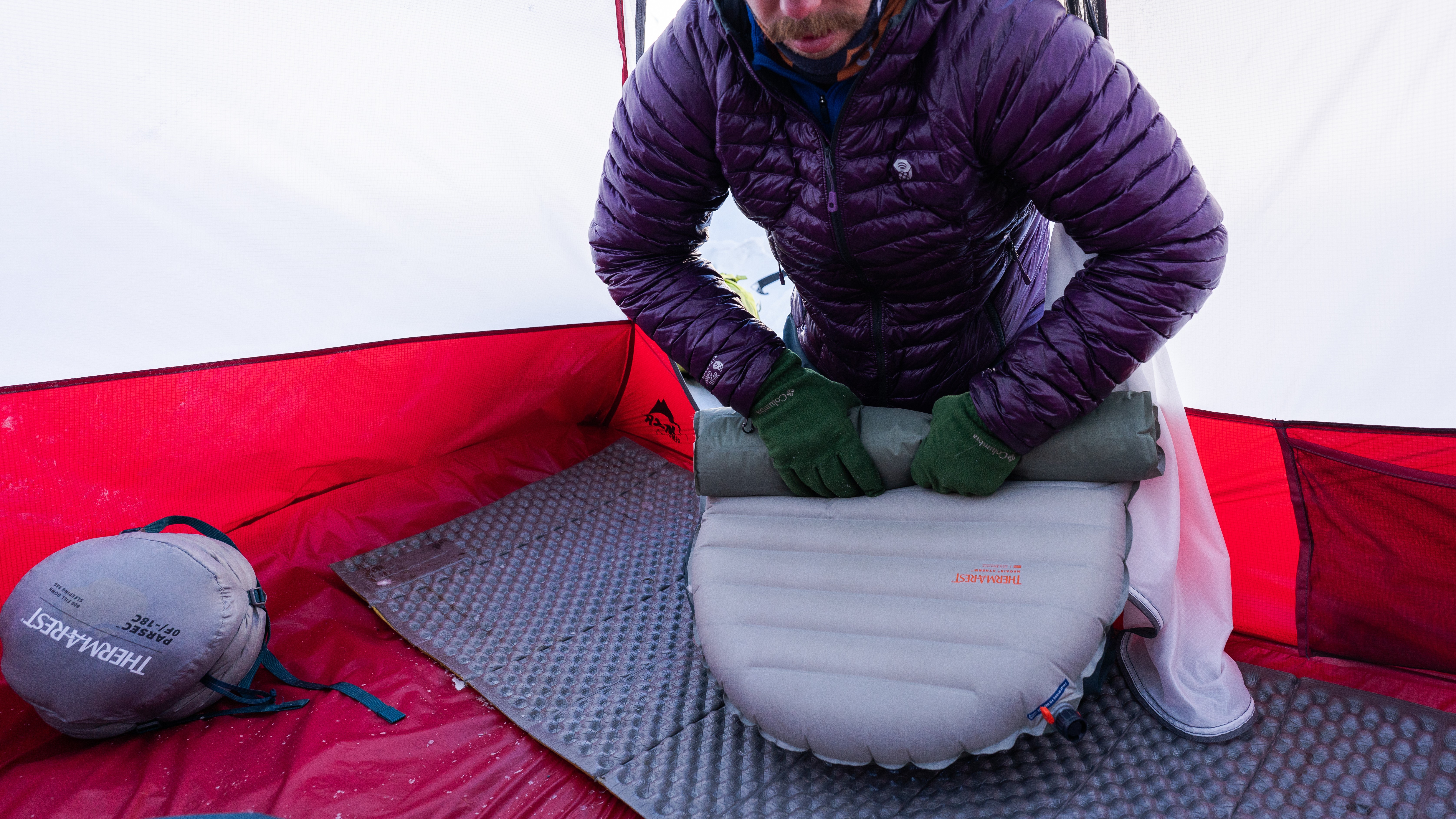
Still hunting for the perfect pad? Check out our guide to how to choose a sleeping pad.
Julia Clarke is a staff writer for Advnture.com and the author of the book Restorative Yoga for Beginners. She loves to explore mountains on foot, bike, skis and belay and then recover on the the yoga mat. Julia graduated with a degree in journalism in 2004 and spent eight years working as a radio presenter in Kansas City, Vermont, Boston and New York City before discovering the joys of the Rocky Mountains. She then detoured west to Colorado and enjoyed 11 years teaching yoga in Vail before returning to her hometown of Glasgow, Scotland in 2020 to focus on family and writing.
